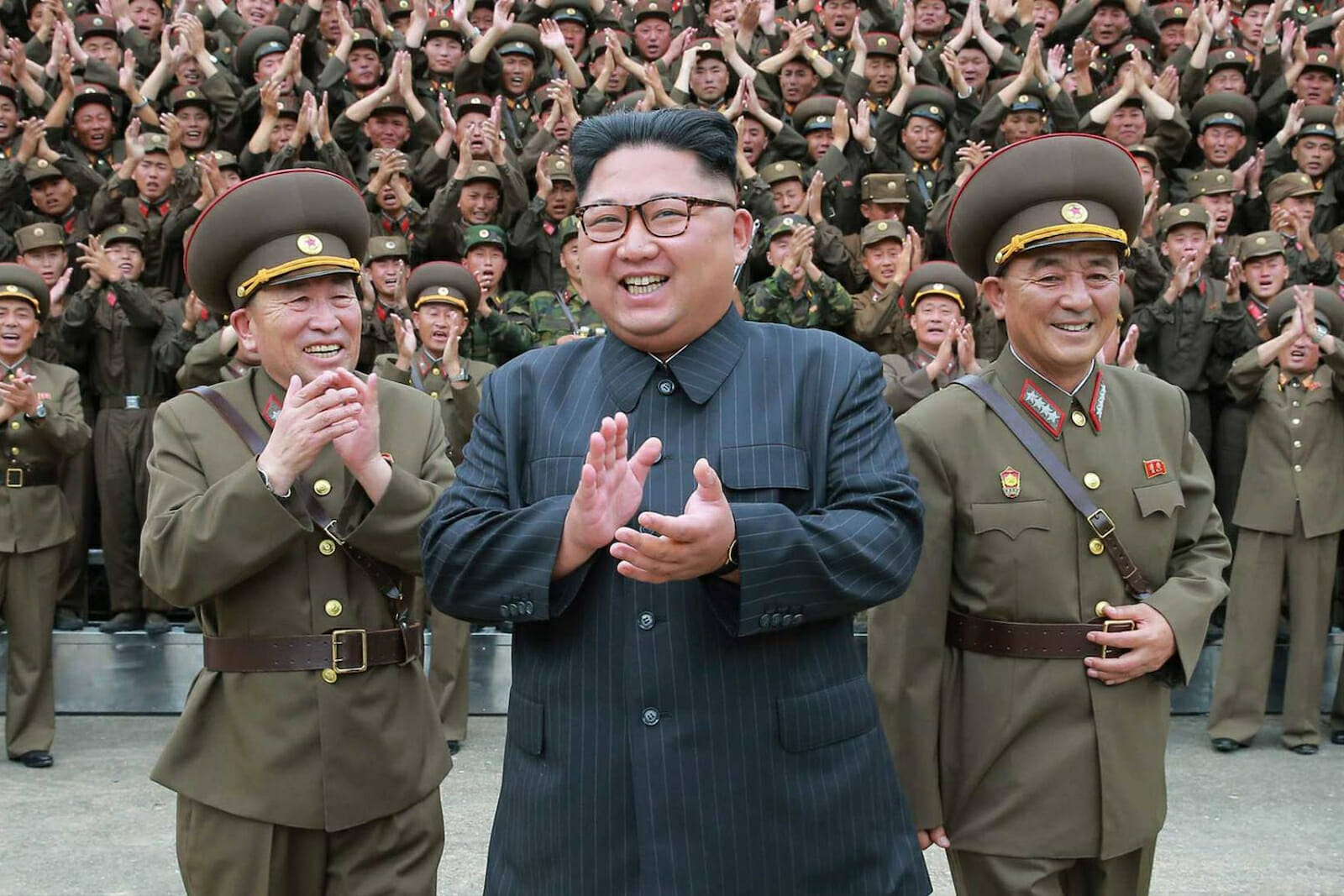
The Kaesong Agreement: Ending the Inter-Korean Entrapment?
On August 14th, North and South Korean officials reinvigorated inter-Korean relations through reaching an agreement on restarting operations at the Kaesong Industrial Complex (KIC). Since April 9th the joint business venture became immobilized after North Korea pulled out its labor force following heightened tensions on the peninsula. Other avenues for cooperation have since then been cautiously explored. While tamping down its rhetoric, Pyongyang accepted Seoul’s calls to setup working-level negotiations on reuniting family members who got separated due to the Korean War. At the same time, the North indicated its willingness to resume South Korean tours to Mount Kumgang in the North.
Although these conciliatory steps remain premature, they do provide key opportunities to recalibrate inter-Korean relations. Past experience shows that the risk of military confrontation diminishes when the North and South normalize mutual interaction. During 1998-2008, South Korea sought to engage the North through its Sunshine policy. Clashes were far less common than when former South Korean President and hard-liner Lee Myung-bak took office in 2008. Crucially, resumption of the KIC enables cooperation on other issues, which could eventually transform North-South relations altogether.
Yet, some commentators lament the recent agreement on Kaesong, arguing against its economic viability and long-term political vision. They claim that monetary benefits inequitably flow to the Kim Jong-Un leadership, providing it with much-needed hard currency, while South Korean firms operating within the complex have been burdened by production stoppages, arbitrary infringements and unanticipated tax levies by the North. Moreover, they contend that the idea of incrementally inducing broader reforms within the North by exposing North Korean laborers to their southern counterparts has been utterly naïve.
The five-point agreement, however, offers significant opportunities to place the KIC on a more stable footing and placate mutual animosities. In general, it espouses a more favorable environment of committed interdependence to resolve future disputes.
More specifically, the joint statement contains a pledge from both sides to “guarantee the normal operation of the complex” independent of potential political discord. Also, the agreement foresees in the establishment of a Joint Committee mandated to regulate access, communications and clearance of goods to and from the complex. This decision makes both sides institutionally responsible for access and transit management within the zone, which replaces the often-hostile negotiations in the past. It signifies new ground being broken in the pursuance of collaborative endeavors.
Other skeptics note that the joint statement on normalizing the KIC needlessly depoliticizes the enterprise, decoupling potential diplomatic feuds from the industrial zone’s continuity. They argue that South Korean President Park Geun-hye should retain the possibility of leveraging Kaesong whenever Kim Jong-Un stages new threats.
Instead of perceiving Kaesong in these cynical terms, however, both Koreas should perceive it as a way to break the cycle of distrust, which is at the root of this conflict. The KIC agreement coalesces with Park Geun-hye’s trustpolitik doctrine by enhancing the fabric of mutual interest and deepening economic interdependence. The rationale is that increased trust could bring about a new working relationship between the North and South through raising the stakes involved and encouraging dialogue instead of confrontation to resolve deep-rooted issues such as denuclearization. Indeed, the devil is in the details and leaders on both sides should tread carefully in reframing their relationship. Still, the constructive process of globalization and cross-border integration carries the seeds for economically opening up North Korea and stabilizing the peninsula.
An even more pioneering advance in the agreement is the guarantee to work through the Committee to “develop the complex into one with international competitiveness.” From a business perspective, conforming to the higher bar of international standards – which includes provisions for attractive labor conditions, taxes, export tariffs, and insurances – eases the wariness of Pyongyang nullifying existing arrangements. On the political side, letting in foreign investors lowers the risk of (unilaterally) shuttering operations during periods of political tension. Coupled with the guarantee to protect business assets, which would also entice other investors to exploit the KIC, internationalization forges a common stake of increasing commercial interest giving both Koreas a solid incentive not to impede operations.
As for the long-run, economic interaction and cross-border integration expose North Korean laborers to different work ethics and economic activity, thereby altering their frame of reference. In that way, information gets infused through the 55,000 North Koreans working within the KIC, thereby initiating a process in which market practices slowly permeate North Korean society. Bottom-up marketization creates an individualist way of thinking which will be increasingly difficult to uproot.
Last month, South Korean and US forces carried out their joint military exercises to fortify their security posture against North Korea (and China). These annual drills coincided with Seoul indicting four individuals on charges of breaching a draconian security law by propagandizing Pyongyang. The North, however, only belatedly rebuked these military maneuvers in unusually mild terms, and no indication was given that their tentative rapprochement was in jeopardy.
This testifies to Pyongyang’s interest in engagement. Kim Jong-Un seeks to garner the financial resources to put his Pyongjin policy of parallel nuclear development and economic expansion into practice. Notwithstanding this awkward contradiction, which continues to stand out as a major diplomatic obstacle, there are overlapping interests rendering an eventual transformation of inter-Korean relations more conceivable.

